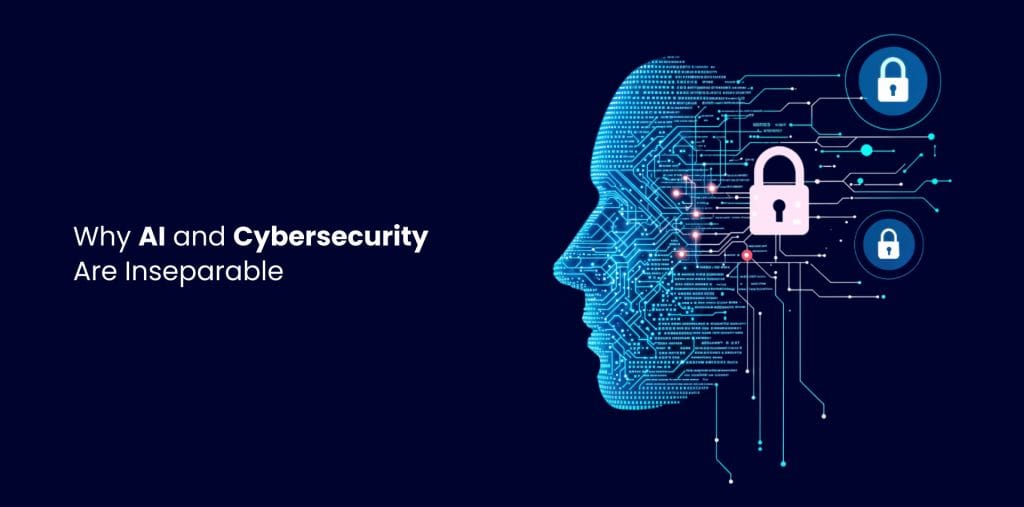Last Updated on –
Business
Unbreakable: 7 AI Cybersecurity Secrets Every Tech Innovator Should Know

Why AI and Cybersecurity Are Inseparable
The convergence of AI and cybersecurity has sparked both hope and anxiety in the tech world. On one hand, AI empowers defenders with advanced threat detection, rapid response, and predictive analytics. On the other, attackers exploit AI to automate social engineering, create deep fakes, and launch faster, more targeted assaults.
Key takeaway:
AI is no longer a “nice to have” in cybersecurity; it’s the backbone of any effective defense strategy.
1. AI-Driven Threat Detection: Your First Line of Defense
- AI models analyze millions of events per second.
- Behavioral analytics spot deviations from normal user or system activity.
- Automated alerts help security teams prioritize real risks and reduce false positives.
2. Automating Incident Response with AI
Example;
- AI detects ransomware spreading in the network
- Instantly, it quarantines infected endpoints and blocks outbound traffic.
- Security teams receive an incident summary and recommended actions, saving precious response time
3. Proactive Risk Management with Predictive Analytics
By analyzing historical and real-time data, AI models can forecast potential attack vectors and highlight vulnerabilities before they’re exploited.
Example;
- Predicting which systems are most likely to be targeted.
- Prioritizing patches and security updates based on risk scoring.
- Simulating potential attack scenarios to test defenses.
Insight:
Predictive analytics transform cybersecurity from reactive firefighting to proactive risk management. This is a game-changer for business continuity.
4. Battling AI-Enhanced Cybercrime
Unfortunately, cybercriminals are also leveraging AI. They use it to create sophisticated phishing campaigns, crack passwords, and generate deepfakes for social engineering.
AI-Powered Attack Tactics
- Social Engineering Automation: AI crafts personalized phishing emails, increasing their success rate.
- Password Cracking:AI algorithms guess passwords faster and more accurately.
- Deepfakes and Voice Cloning:Attackers create realistic videos or audio to impersonate executives or employees.
- Data Poisoning: Hackers inject malicious data into AI training sets to corrupt models.
Action point:
5. Data Privacy and AI Governance
Best practices:
- Implement strict data access controls.
- Use differential privacy and data anonymization.
- Regularly audit AI models for bias and compliance.
6. Identity and Access Management: Smarter with AI
How AI IAM works:
- Detects unusual login locations or times.
- Flags risky access attempts and triggers multi-factor authentication.
- Adapts access controls dynamically.
Takeaway:
AI-driven IAM balances security and usability, making it harder for attackers while keeping access smooth for legitimate users.
7. AI-Powered Security Operations Centers (SOCs)
Features of AI-driven SOCs:
- Automated alert prioritization and incident summaries.
- Integration with threat intelligence feeds for real-time updates.
- Workflow automation to reduce manual tasks.
How to Future-Proof Your AI and Cybersecurity Strategy
- Regularly review your security posture.
- Adopt AI-powered detection and response tools.
- Invest in employee training for AI-driven threats.
- Stay informed on the latest AI attack vectors and defenses.
- Collaborate with AI governance and compliance teams.
- Test your systems with AI-powered penetration testing.
- Sutherland Global Services uses AI to enhance data security and streamline customer experiences.
- Credico achieved 100% device policy compliance and improved endpoint security with AI-driven UEM.
- United Family Healthcare leveraged AI to speed up ransomware detection and response.
Conclusion
In today’s digital world, relying on traditional security measures just isn’t enough. AI enhances the speed and intelligence of cybersecurity, allowing businesses to stay a step ahead of cyber attackers. By integrating AI tools, companies can catch risks early, react faster, and keep sensitive data safe. It’s important to keep learning, update your security regularly, and encourage your team to embrace new technologies. Ultimately, adopting AI-driven cybersecurity isn’t just smart; it’s essential for your business’s future. Stay vigilant and let innovation led your way to a safer digital environment.
FAQ’S
AI and cybersecurity work together to create dynamic and adaptive defense systems. AI analyzes large volumes of security data to detect threats faster and with greater accuracy than traditional tools. By automating threat detection and response, AI reduces the risk of breaches and helps security teams respond to incidents before they escalate. This synergy is essential for safeguarding modern digital environments.
AI-driven cybersecurity solutions use machine learning and automation to identify, prioritize, and respond to threats. Examples include anomaly detection, behavioral analytics, and automated incident response platforms like IBM QRadar. These solutions improve accuracy, reduce false positives, and allow teams to address threats in real time, keeping organizations ahead of evolving risks.
AI recognizes phishing attempts in emails and messages by identifying subtle patterns, even when sophisticated methods are used by attackers. By flagging suspicious communications and automating the analysis of links and attachments, AI helps security teams prevent social engineering attacks. Additionally, AI-driven user training tools can simulate phishing to educate employees and reduce human error.
